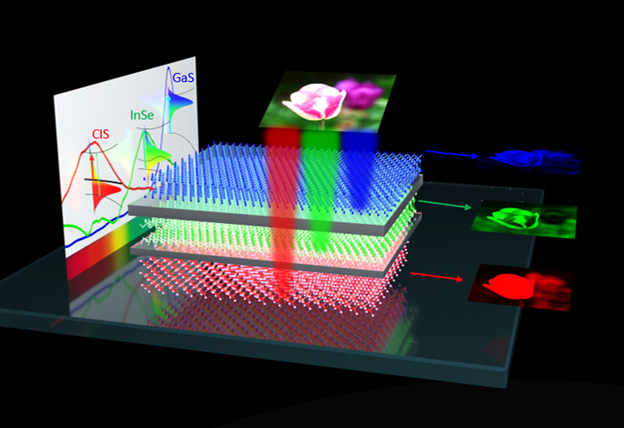We’re Closer to an ‘Electric Eye’
Researchers at Georgia State designed an artificial vision device that incorporates a novel vertical stacking architecture. The result is greater depth of color recognition and scalability on a micro-level. The new development is published in the top journal ACS Nano.
The groundwork for the biomimetic artificial vision device that mimics biochemical processes via synthetic methods is based on na notechnology. Their research aims to develop a micro-scale camera for microrobots that can enter narrow spaces and open up new horizons in medical diagnosis, environmental study, manufacturing, and archaeology.
Color recognition is the most critical vision function. Conventional color sensors typically adopt a lateral color sensing channel layout taking a large amount of physical space but offering less accurate color detection. This unique stacking technique offers a novel approach. The van der Waals semiconductor-empowered vertical color sensing structure yields precise color recognition that simplifies the design of the optical lens system for the downscaling of the artificial vision systems.
The technology currently is patent pending with Georgia State’s Office of Technology Transfer & Commercialization (OTTC). OTTC anticipates this new design will be of high interest to certain industry partners. They believe the discovery could even spawn advancements to help the vision-impaired.

